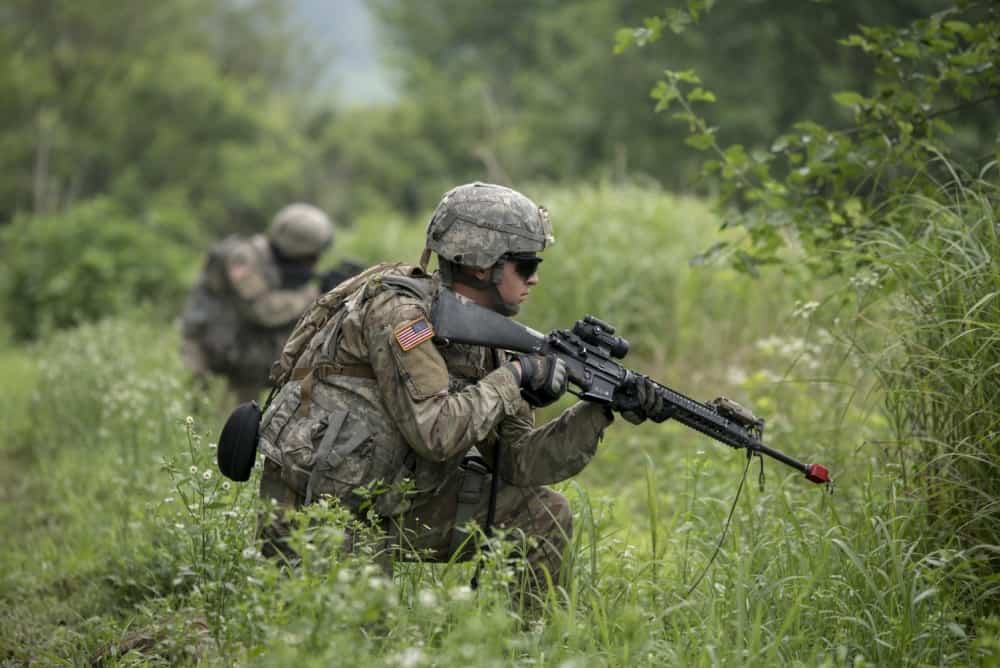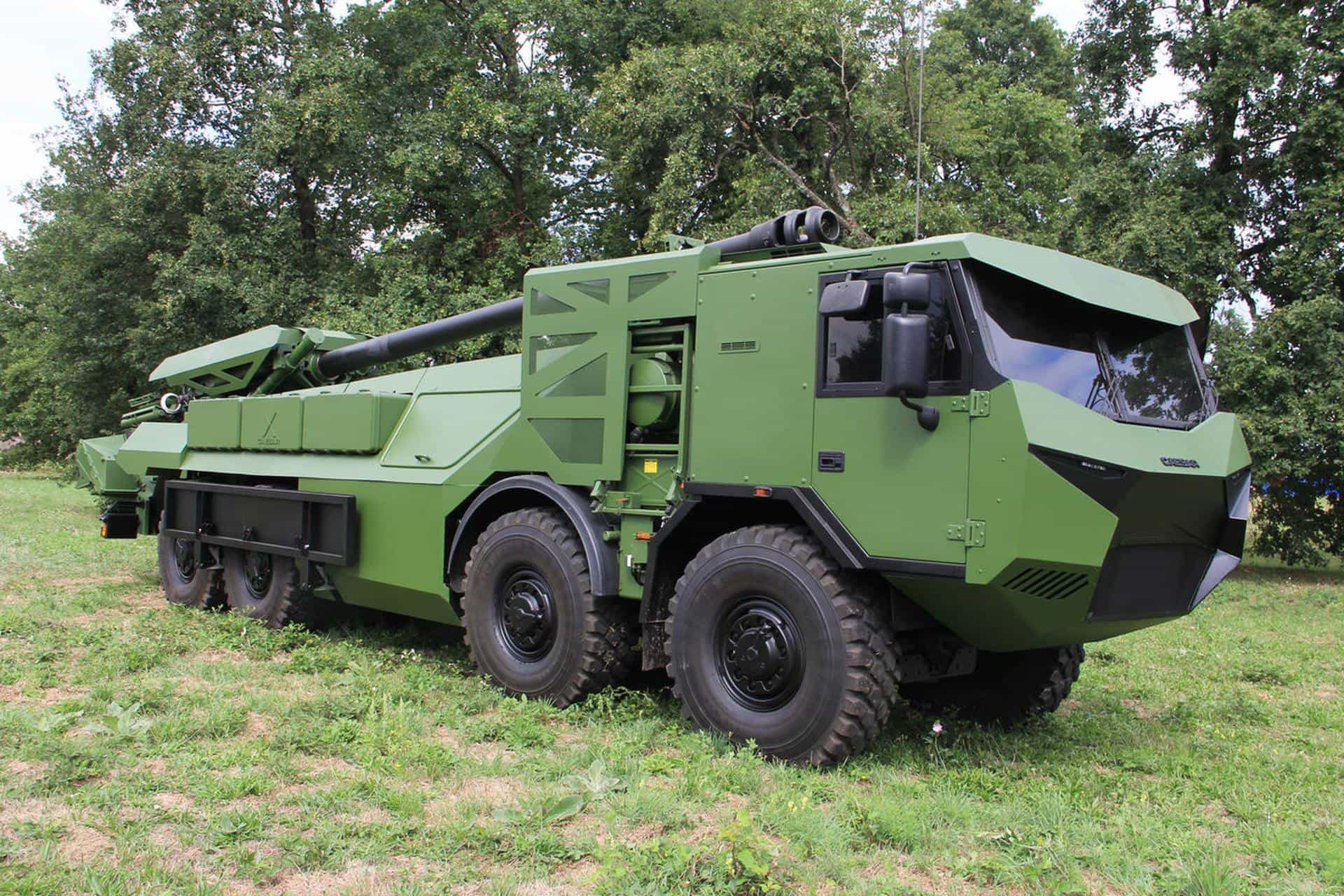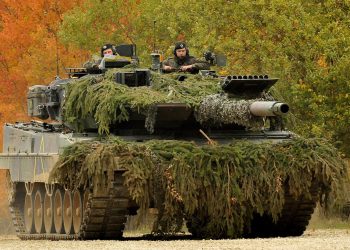An increased emphasis on large-scale ground combat and a greater focus on cybersecurity during combat operations are among key changes in the Army’s updated Field Manual 3-0, Operations, released today.
America’s potential enemies now have capabilities greater than what Soldiers faced from insurgents in the Middle East. Threats from near-peer adversaries today include the infiltration of communication networks and cybersecurity compromise during combat.
“They have the ability to reach out and touch you — to interrupt your networks, to amass long-range artillery fires on your formations,” said Col. Rich Creed, director of the Combined Arms Doctrine Directorate at Fort Leavenworth, Kansas. “How to consider protection is different… (they) force you to dig in, or stay mobile and to consider air defense of your key assets … those are the kinds of challenges we’re talking about.”
The changes, directed by Gen. Mark Milley, the Army’s chief of staff, mark the first updates to the manual since 2011, when the Army moved from the AirLand Battle concept to unified land operations focusing on the joint force. To revise the guidance, the CADD worked closely since last fall with Lt. Gen. Michael Lundy at the Combined Arms Center and Gen. David Perkins at the Training and Doctrine Command.
The updates highlight a shift in readiness from counter-insurgency and stability operations to large-scale combat. Three chapters of the new manual will heavily focus on large unit tactics during large scale ground combat, addressing both the offense and the defense during operations. The emphasis on large-scale combat stems from the perception that conflict with a peer adversary is more likely now than any time since the end of the Cold War. Conflict with a nation state able to field modern capabilities approaching our own is quite different than facing insurgents in Afghanistan and Iraq, Creed said.
“Those adversaries have modernized,” Creed said. “They represent a type of capability that would be more challenging in many ways than what we’ve been doing. That type of warfare — large-scale ground combat — is a very different environment.”
Creed said CAC researchers examined which countries had the most dangerous conventional capabilities that were proliferated around the world so that doctrine could take a more threat-based approach to operations.
While the Army has focused resources on cybersecurity for years, Creed said the new manual will help account for cyberspace threats during combat and large-scale operations.
“There’s always been hackers,” Creed said. “We didn’t generally worry about that during military operations because the people that we were fighting couldn’t really do a whole lot to affect our operations. However (China, Russia, Iran and North Korea) are very active in cyberspace and have significant capabilities in cyberspace that extend into the military realm. So there’s no separation of cyberspace between civilian and military; you have to be aware of it all the time.”
Other areas addressed by the manual include consolidation after tactical victories, one of the Army’s strategic roles. Creed said after U.S. forces seized Baghdad during the Iraq invasion of 2003, after the quick strike, the enemy was allowed to extend the war.
“(We) gave the enemy the opportunity to reorganize and protract the conflict for a long time,” Creed said. “Because we didn’t account for the different possibilities that they could continue resistance … There’s a lot of other things you need to do after the initial battles to secure an area and make those gains enduring.”
Each of the manual’s chapters aligns with the Army’s strategic roles of shaping operational environments, preventing conflict, prevailing in large-scale ground combat, and consolidating gains.
The manual will also emphasize the roles of echelons above brigade. Creed said building around brigades won’t be enough in large-scale combat and that divisions, corps and theater armies take increased importance in large-scale operations. Finally, CAC made adjustments to the operational framework, the model commanders use to plan and conduct ground operations.
Creed said the revisions in the FM 3-0 will help deploying units continually prepare for future conflicts as the Army remains wary of threats from these nation states.
“We needed to make sure from a doctrine perspective that we had adequate doctrine to address those kinds of conflicts — the high-intensity type of conflicts,” Creed said. “If you are engaged in large-scale combat with a nation-state adversary with modern capabilities, you’ve got a different problem set to deal with. So that’s the underlying reason for what we’ve done.”










